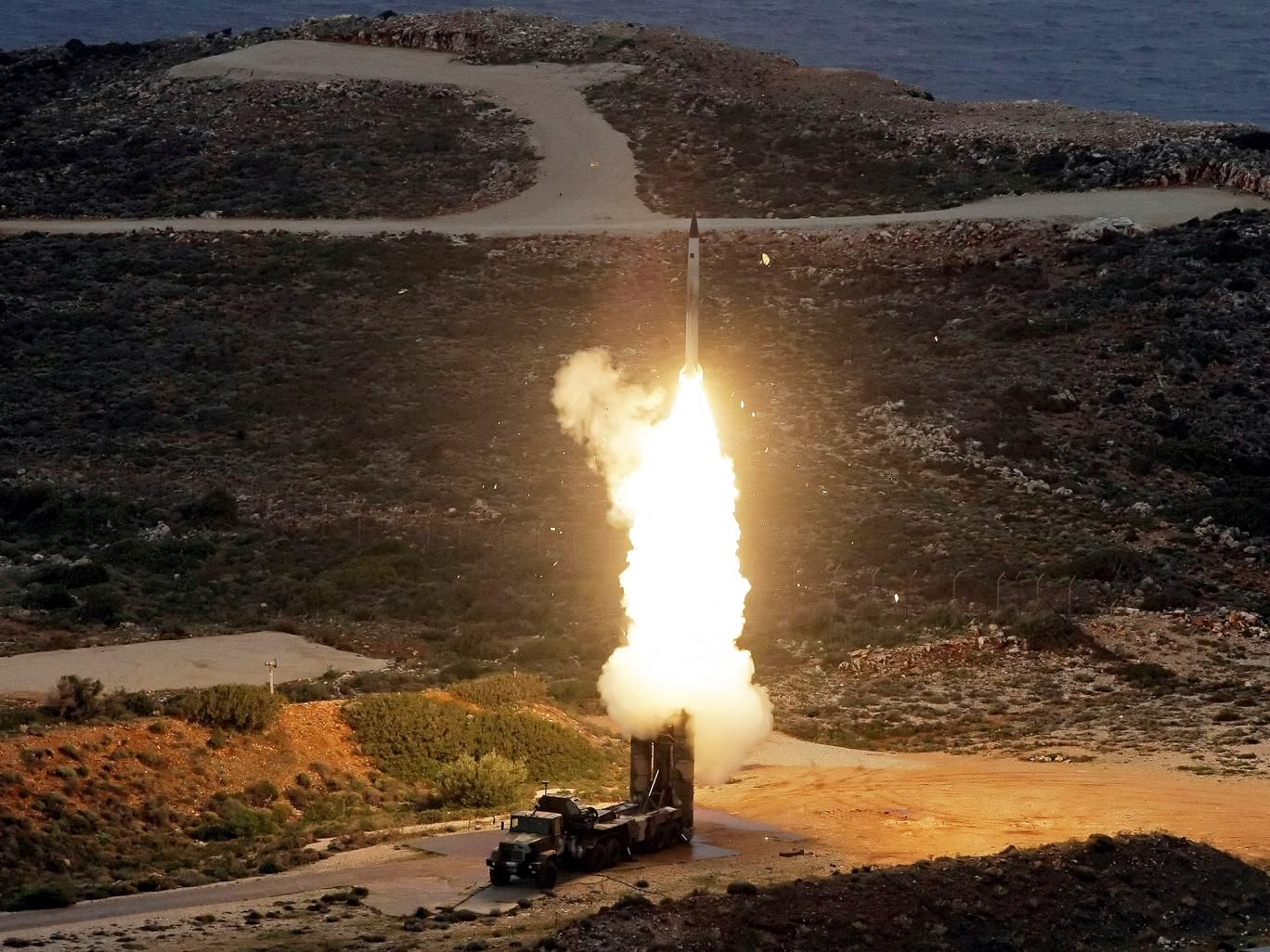Often working out of sight, Allied special operations forces play a key role in any military operation. That is why they have been training alongside their land, sea and air counterparts in Trident Juncture 2015, NATO’s largest military exercise in more than a decade. The rigorous and diverse training, taking place in Italy, Spain and Portugal, has helped to hone the skills and readiness of special forces from nine Allies and one partner nation to perform all possible tasked missions as part of the NATO Response Force.
Trident Juncture 2015, which wrapped up on Friday (6 November), tested the interoperability of NATO special operations forces – their capacity to work together seamlessly in a wide range of missions. “Often seen as a force working primarily in the shadows and isolated from other troops, this exercise saw a strong emphasis from the special operations forces to execute interoperability with the land, maritime and air components,” said U.S. Navy Cmdr. Erick A. Peterson, Chief of Staff for the Special Operations Component Command (SOCC).
The Trident Juncture exercise simulated high-intensity, war-fighting conditions including hybrid warfare. Types of training included vessel boardings, search and seizure, direct action, securing high value targets, special reconnaissance, and infiltration and ex-filtration operations via air, land and sea. “Trident Juncture enabled us to execute our core NATO special operations forces missions with our partners across unique terrain,” said Peterson. U.S. Air Force Maj. Gen. Gregory Lengyel, SOCC commanding general, said “this was business as usual for special operations forces. Our long history of partnership allows us to quickly pull together an unparalleled team of professionals.”
Over 1,000 special operations forces and different special operations aircraft participated in Trident Juncture 2015. They came from Allies Belgium, Canada, the Czech Republic, Netherlands, Poland, Portugal, Slovenia, Spain and the United States, as well as partner Finland. In total around 36,000 personnel from more than 30 nations participated in the Trident Juncture exercise.










